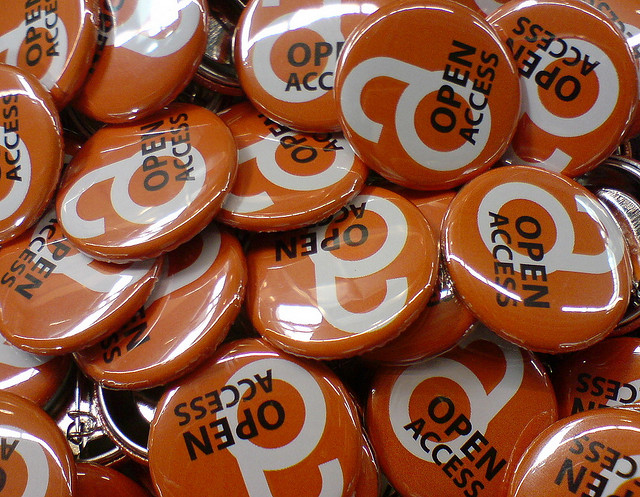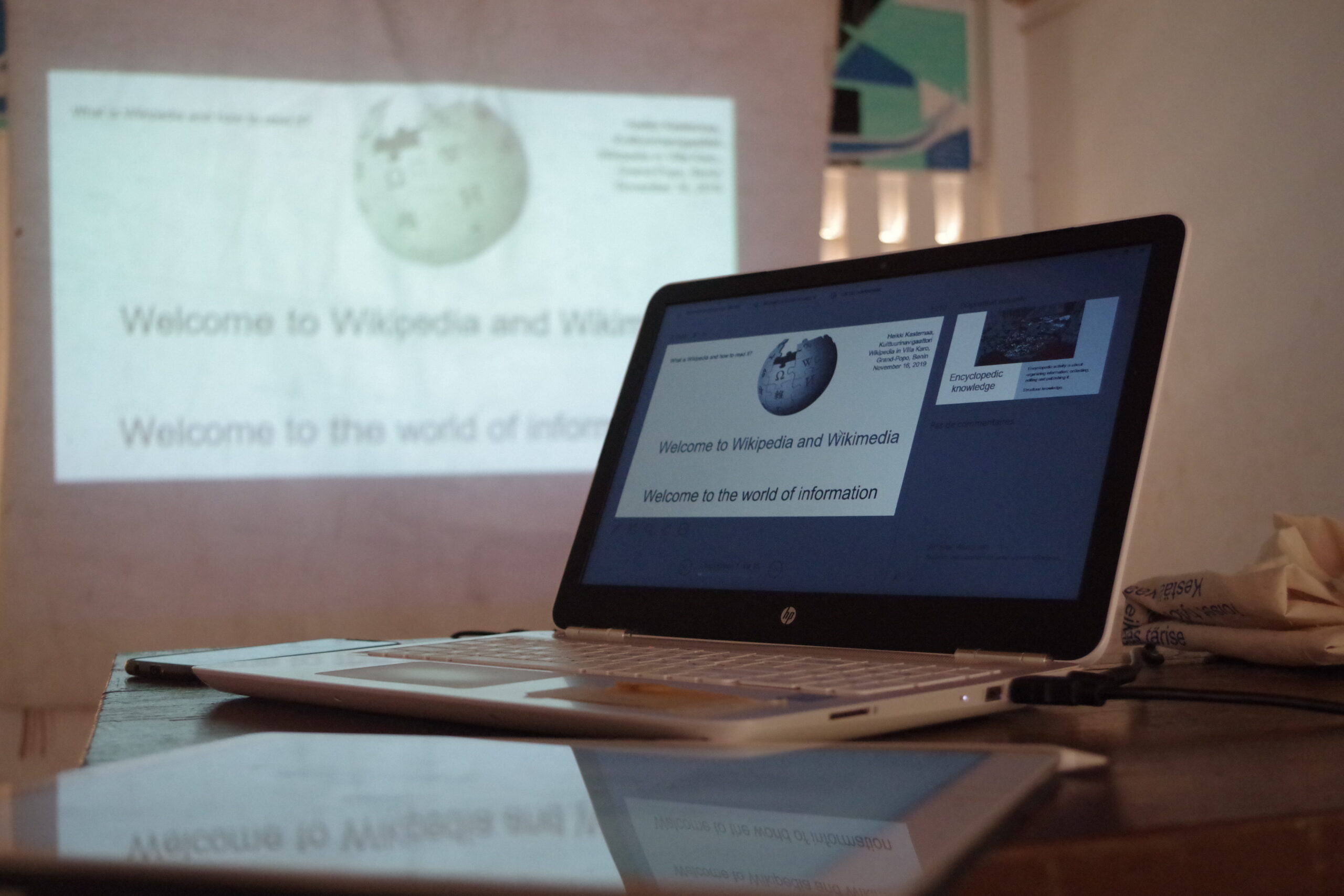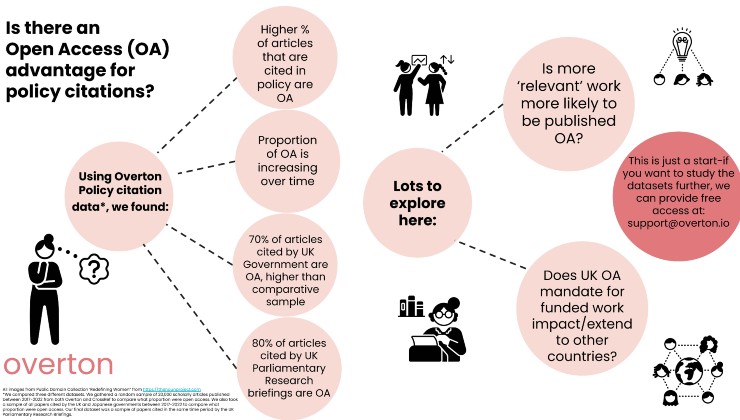Stephen Pinfield on Institutional Open Access Funds
[Ed. – This article originally appeared at SAGE Connection and is used with permission.]
Stephen Pinfield is professor of information services management at the University of Sheffield. He has been involved in research and development in the area of open access for 15 years, including contributions to national and international policy discussions. His recent publications include work on the economics of open access, open data policies, and the global development of open-access repositories. He was previously chief information officer at the University of Nottingham where he also founded the SHERPA (Securing a Hybrid Environment for Research Preservation and Access) OA initiative.
Could ‘Faculty Publication Funds’ Drive Gold OA?
In a new study Stephen Pinfield and his co-author Chris Middleton analyze patterns to the adoption of the Nottingham central fund by researchers at the university.
Bailey Baumann, an editorial assistant for the journal SAGE Open, asked professor Pinfield to share his thoughts on the adoption of open access funds and open access publishing.
Q. What are some reasons for a having university-owned OA fund?
Universities set up centrally coordinated open access funds usually to encourage take-up of OA amongst faculty members by making it easier for them to pay APCs (article-processing charges). A fund is normally made available throughout the institution, often in order to create a “level playing field” for institutional members, enabling a wide range of staff to afford APC payments. Managing the budget at a central level also allows the institution to be clear about how much money is being spent overall so that it can manage budgets at a strategic level. The alternative is to allow APCs to be paid locally by individual researchers from a variety of budgets. This often means that only certain members of faculty can afford to pay APCs and that it is very difficult to understand at an institutional level what is going on.
Q. Why is it important to study the adoption patterns of a central fund?
Studying adoption patterns of a central fund can help develop an understanding of the success (or otherwise) of such an approach and also may tell us a lot about acceptance of OA publishing more generally. In our study, we wanted to carry out an analysis of the use of a central fund which had been in operation for a long period (2006 onwards) to see how its use had diffused through the institution over time and what this told us about OA adoption and how it can be influenced.
Q. How might a lack of knowledge about OA publishing keep researchers from taking advantage of a central fund?
Recent studies indicate there is still a great deal of ignorance and misunderstanding amongst researchers about open access. Many faculty members may still be only vaguely aware of OA and may not understand its relevance to them. While this is undoubtedly changing, such attitudes would tend to mean the take-up of any budget to fund OA publishing would inevitably be limited. Researchers have well-established ways of working, often associated with publishing in conventional high-impact-factor journals, with OA featuring very low on their list of priorities. This is beginning to change but it is a slow process. It is influenced by a large and complex set of factors of which the availability and usage of a central fund may have a part to play. In our study, we wanted to understand what kind of role a central fund might perform in an institution and in the organization’s positioning in relation to OA.
Q. What do you think are some common misunderstandings about OA publishing? What would you like researchers who are considering publishing their work in OA journals to know?
Perhaps one of the major concerns that faculty have about OA publication is that of quality. OA is often associated in people’s minds with low quality. Of course, there is no necessary association between OA and low quality (many OA journals are of a very high quality), just as there is no necessary link between traditional publishing and high quality. Furthermore, it is not just about publishing in fully-OA journals. The central fund at Nottingham explicitly allowed payment of APCs for hybrid journals (subscription titles which also allow particular articles to be made OA on payment of an APC). Although hybrid open access is controversial, funding it, at least for the foreseeable future, does help OA to be seen more as mainstream. For many authors, to make their article OA in a familiar high-impact-factor journal makes them feel more comfortable with OA in general, at least at the beginning.
One clear message that emerged from our research was the importance of communication. The benefits of OA in general and of the use of the central fund in particular need to be communicated to individual researchers in a way that is directly relevant to them. Our research indicates in particular the influence of researchers themselves on their own immediate colleagues, in this case their experience of using the central fund, in encouraging wider adoption. Like most of us, researchers listen to those around them and adjust their behavior accordingly, rather than listening to people coming from ‘outside’ their immediate community. Faculty members listen to other faculty members more than they listen to librarians or research managers.
Q. In your opinion, what makes for the successful operation of a university-owned OA fund? How are librarians best involved in this process?
A central fund needs to be properly resourced and easy-to-use. Why and how to use it needs to be clearly communicated to academic staff – and communication needs to happen on an ongoing basis to ensure the message is heard. In particular, a communication strategy about the fund needs to leverage local support in academic schools and departments, and needs to take on board disciplinary differences. Crucially, it needs to be part of wider institutional strategies and policies on OA implementation which will also include a range of guidelines, processes and systems which together support the institutional response to the OA challenge.
Our research indicates that policies encouraging or requiring OA, especially from funders, are particularly important in influencing adoption. At an institutional level, therefore, there needs to be clear guidance and support to faculty to ensure they can easily comply with relevant policy requirements.
Librarians have been heavily involved over the last decade in promoting OA and supporting its implementation. This has included communication and advocacy, policy development, process design, technology deployment etc. This has undoubtedly worked well and it is testament to the information profession just how successful they have been in raising the profile of OA in the academic community. But there is only so much that one professional group can do alone. There is a clear need to disseminate and embed OA working practices widely in institutions. Librarians alone cannot make OA work – they need to help make OA a sector-wide imperative involving a wide range of stakeholders if it is to work.
Q. It seems like it could take significant resources to build and maintain central funds. How would you suggest smaller universities and universities in the developing world approach central funds?
Resourcing a central fund is obviously a big challenge regardless of the size of the institution. There is money in the system as a whole but it is often not funneled in the right direction. Changing the flow of funding streams is difficult and will only happen over the long term. Pilot funding to get things moving seems to be a good place to start – this is what happened at Nottingham. One of the potential benefits of Gold OA is that publication costs scale with research funding, something which is not necessarily the case with, for example, subscription funding. However, achieving alignment between the research costs and the costs of publishing in institutional budgets is not easy. Developments are required at national, funder and institutional levels in order to work toward achieving this. It will be interesting to see how the systemic change necessary to fund and manage OA will be achieved over the next few years.






















































































